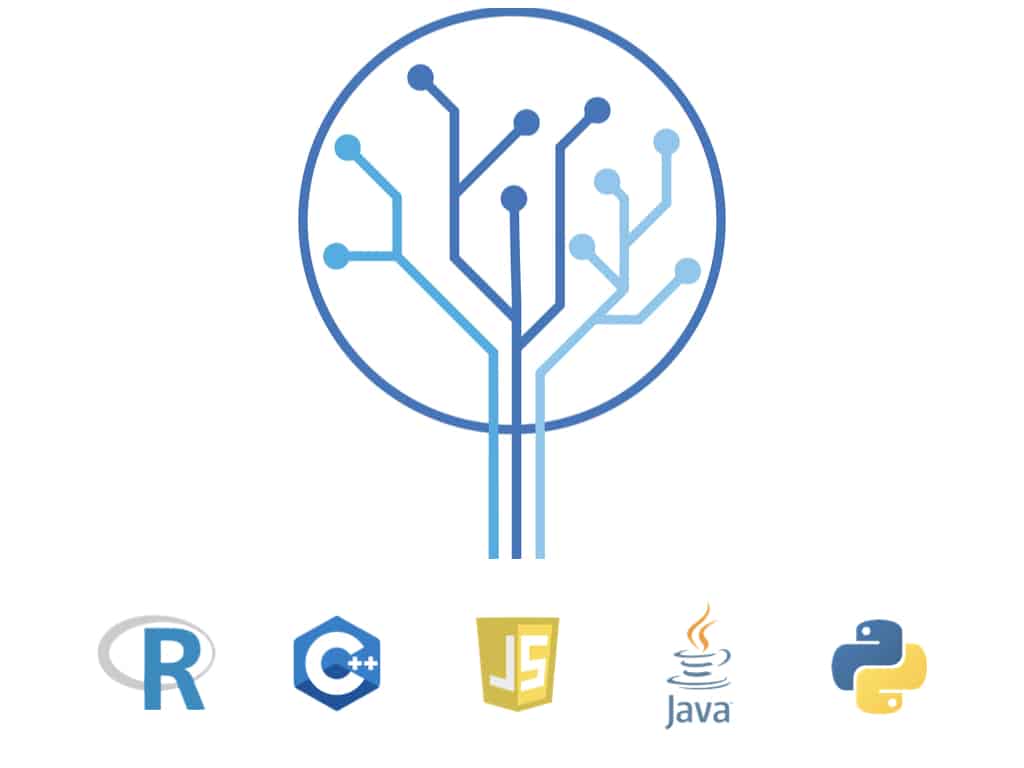The goal of DevOps is to improve collaboration and communication between development and operations teams to deliver software that is high quality by eliminating risks and lowering costs. DevOps initiatives have evolved over the last two decades allowing teams to become more efficient, innovative, and effectively iterate. As existing development systems age, DevOps processes continue to mature which eliminates certain risks and creates transparency. In this post we will look at what is a DevOps lifecycle, a maturity model, the components and phases of that model, and how you can measure its success.
What is DevOps lifecycle?
A DevOps lifecycle combines the different phases of continuous software development, testing, integration, deployment and monitoring. To derive the benefits of a DevOps approach, teams need to welcome experimentation, constructive feedback, and continuous learning. Agility and flexibility are key tenets to delivering results quickly, but taking the time to learn and reference the continuous lifecycle phases supports consistent delivery
Development
Planning and coding the software
Integration
Continuous Integration (CI) for the execution of steps in the testing processes and incorporating new features
Testing
Quality Assurance (QA) plays a major role in this phase, testing the code for bugs and errors
Deployment
Successful deployment without affecting the performance of the software, bringing containerization tools
Monitoring
Operational phase, identifying patterns and gaps where improvements can be made
Feedback
Analyzing results and gathering feedback from Product Owners and users
Operations
Automating release processes to quickly detect any issues, eliminate unnecessary steps, and set the stage to build better products
What is the DevOps maturity model?
As the lifecycle of DevOps works continuously, it is vital that it be given the opportunity to mature through ongoing training in all aspects of the organization, with a focus on development and operations. Training helps improve skill sets and identify areas for growth and, in kind, will allow for teams to tackle more complex challenges with larger scopes.
A “Maturity Model” develops from patterns that create a consistent place for DevOps inside of an organization. Cascading from this is the determination of what additional work needs to be done to achieve pre-determined results. It’s important to remember that, for your DevOps practices to mature, they need to iterate to improve as an ongoing process, not to be treated as a quick fix to existing processes.
When appropriately aligned the Maturity Model will be centered on the effective business processes that improve performance.
What are the components of the DevOps maturity model?
An optimal DevOps maturity model assesses that maturity through
- An assessment of current capabilities
- Identification of Areas of Improvement (AOEs)
- Creating a roadmap to recognize specific DevOps goals
What are the phases of the DevOps maturity model?
1: Initial
Where development and operations are separately handled
2: Managed
Attention is now paid to the development capabilities and agile processes and the automation processes in operations. The focus is on these two entities now working together
3: Defined
Distinct processes have been put into place. Change management in the organization becomes important to attend to as the new processes and ways of working need to be followed
4: Measured
A focus on CI/CD and a stronger comprehension of automation processes
5: Optimized
Improved inter-team collaboration, optimization of outcomes, tangible results, and recognition for individual and team contributions
How do you measure DevOps success?
Transforming and maturing your DevOps processes is an investment and can be a massive undertaking with consideration to where you currently are in your software development lifecycle. You may need to go as far as a rework your communication plan to changing the way in which you train members of your team. To measure success at any stage, establish benchmarks for performance and make sure that they are transparent to all relevant stakeholders. Do you want to improve efficiency? Then define the work to be done, measure success and you are then working toward securing the success in maturation of your DevOps processes.
Why do any of this? To improve the collaboration and communication between development and operations thereby accelerating the delivery of quality software. Consequences of theses improvements:
- Reduced outages
- Reduced downtime
- Improved User Experience(s)
Start with established and agreed upon goals and select the right KPIs (Key Performance Indicators) to shine a light on the value of DevOps to establish the business value. If you choose the right metrics up front, the future state of decisions that affect the technology decisions down the road and, at the same time, lend credibility to existing efforts.
Return on Investment (ROI) is always important to demonstrate for budgetary and efficiency stakeholders. If you have established the right metrics up-front, communicating the value of business outcomes will become routine and work to support continuous improvement.
Consider measuring your DevOps success with the following KPIs:
Deployment Frequency
Get better insights into what changes were the best and what needs to be improved. Greater efficiency in delivery will set your team apart
Change Failure Rate
If you’re going to increase deployment frequency, you need to assess a failure rate. If you are failing too often, it could result in a loss of customer satisfaction
Mean Time to Recovery (MTTR)
How good are you at resolving issues? MTTR will assess your efficiency in the impact of how you prioritize and fix problems. It is the measure of the average recovery time from failure to resolution and helps provide key insights in to user experience and their access to the software product.
Lead Time
Decrease your lead time and you are demonstrating that your team is productive and responding to issue quickly. Stay agile and enable short turnaround times
Change Volume
Each deployment will come with varying amounts of change. In DevOps, changes happen often. If you’re not tracking those changes, you are missing out on establishing if disruptions are affecting experience. Change Volume tracking helps show the progress the team is making.
Defect Escape Rate
Errors will always happen. Expect that they will. If you can measure how often with a Defect Escape Rate, you are helping to improve the quality of your releases and the frequency in which errors are found and fixed in staging and production.
Customer Tickets
If you want to provide the best User Experience, don’t have them work as you Quality Assurance team. Keeping a count on Customer Tickets creates benchmarks for improvement and success. The less you have the better, and a more mature DevOps process as a result.
Getting DevOps Right with Unosquare
Unosquare has Subject Matter Expertise in DevOps and a Center of Excellence that can help you build or improve your practice. If you need help with creating a mature DevOps practice, we can help. Here at Unosquare, we have over 2,000 completed projects and over 600 engineers. We also have more than 120 distributed teams.
Our company knows what it takes to meet and exceed project needs. Want to learn more about what Unosquare can do for your company? Check out our blog to get more information on what we do and our expertise.


